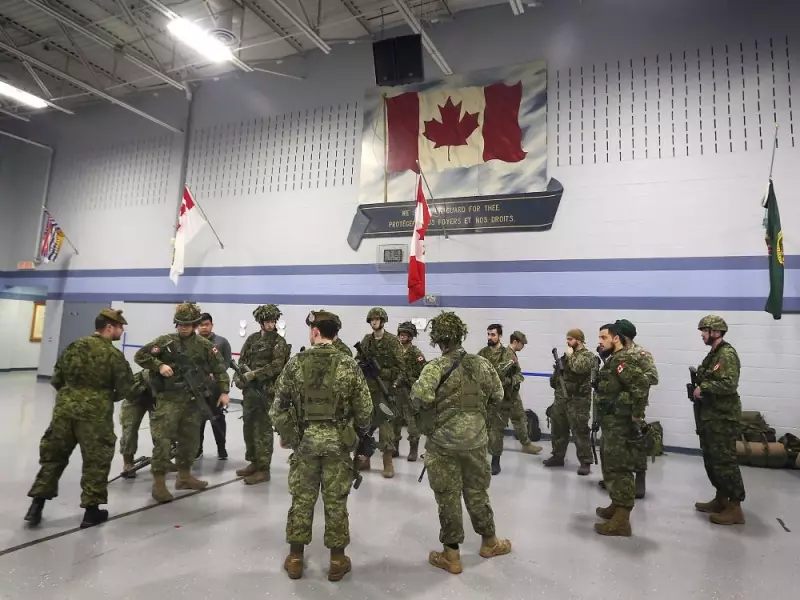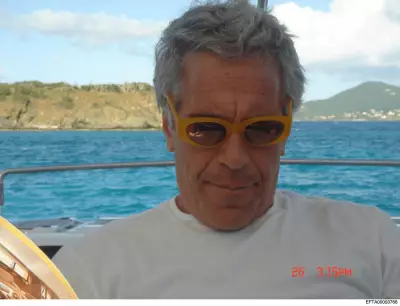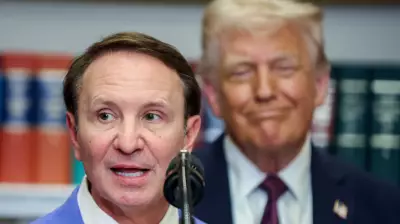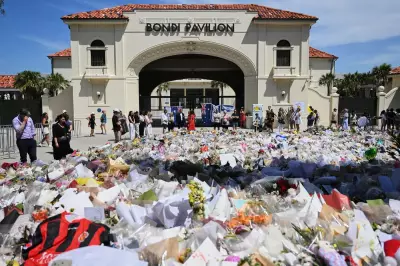
Canada faces a significant military readiness problem that stems from a fundamental misunderstanding of its reserve forces, according to military expert C.P. Champion. In his comprehensive 500-page study Relentless Struggle, which examines 30 years of persistent reserve issues, Champion argues that ignorance about reservists represents one of the Canadian Armed Forces' greatest challenges.
The Identity Crisis of Canada's Reservists
From military reporters to regular full-time CAF members, many Canadians don't understand what reservists actually do or represent. Contrary to popular belief, reservists are not volunteers in the traditional sense - all military members join voluntarily in Canada's non-conscripted forces. What distinguishes reservists is their part-time status while maintaining the same "unlimited liability" obligation as regular forces, meaning they accept deployment into harm's way when called upon.
Reservists come from diverse civilian backgrounds, with students comprising the largest demographic since most reserve training occurs during summer months when regular forces scale back operations. These part-time service members maintain evening and weekend commitments in local communities across Canada, often in historic regiments with proud legacies but inadequate support from the full-time military establishment.
The Critical Role Reservists Play in Canadian Defense
Despite being treated as secondary to regular forces, history demonstrates that Canada has never successfully deployed without reservists filling critical gaps. Since before the First World War, the regular "ready" force has never actually been prepared for deployment without supplementing its ranks with trained reservists.
The situation has become particularly acute in recent decades as the regular force has consistently failed to "force generate" - military terminology for recruiting, training, and retaining sufficient personnel. Today, the full-time military cannot operate effectively in any field without drawing trained reservists, especially junior leaders, away from their struggling part-time units by offering them full-time contracts.
A Historical Perspective on Reserve Contributions
When Canada entered the Second World War in 1939, the majority of army officers were reservists. By the war's conclusion in 1945, three of the five division commanders had been pre-war reservists. This historical precedent underscores the critical leadership potential that exists within the reserve force when properly nurtured.
Champion describes reservists as "high-achieving civilians with commitments that are more important to them than the military" - a characteristic that actually strengthens their value rather than diminishing it. Their voluntary enthusiasm, combined with dedicated study and training, produces exceptional officers and soldiers. Yet Canada consistently fails to capitalize on this potential, treating reserves more like a temporary staffing agency than an integral component of national defense.
The regular force, theoretically the full-time elite embodiment of military professionalism, now demonstrates this standard primarily in special forces rather than the broader army, navy, and air force. Meanwhile, the reserve force stagnates as its best members are continually poached for temporary full-time service, undermining the development and sustainability of local reserve units across the country.





